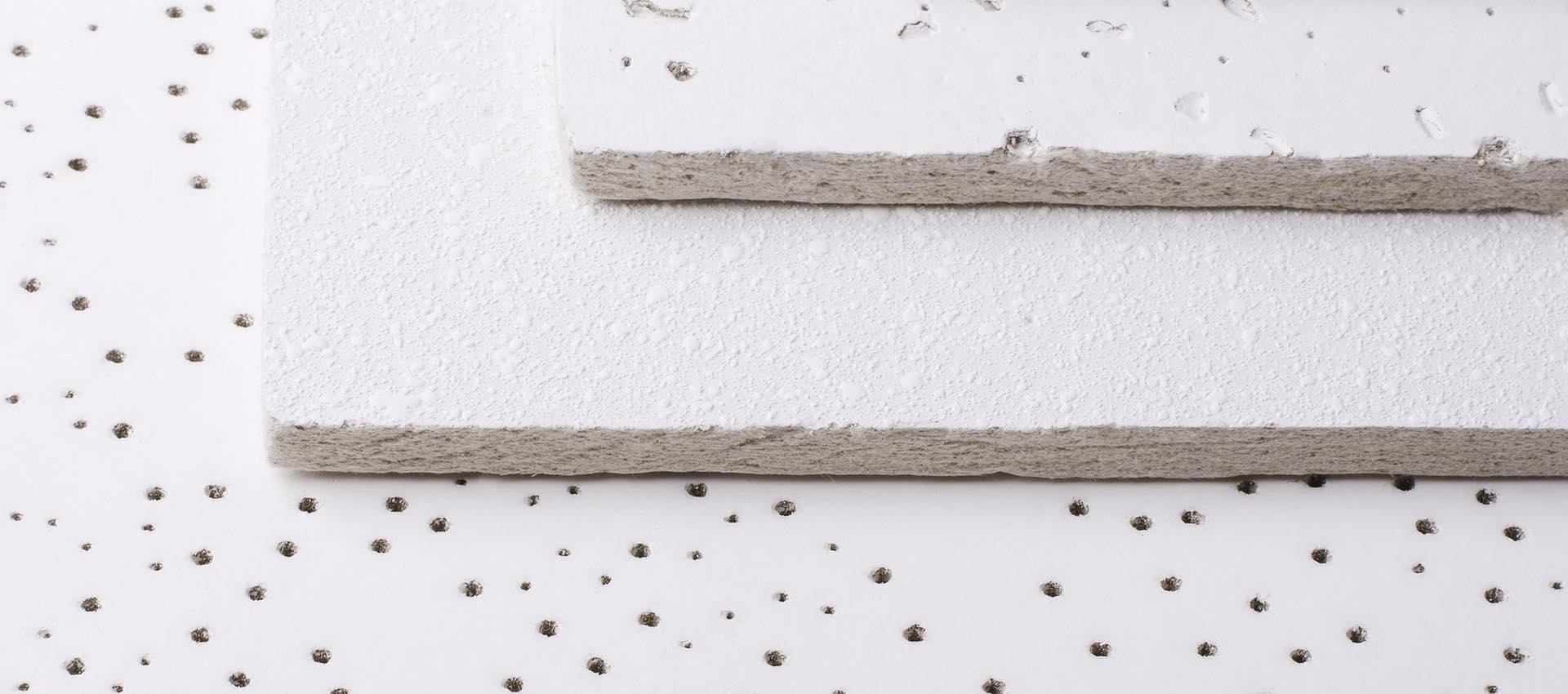Ceiling tiles are a trap for toxins and a breeding ground for bacteria and mold. In time, they will become discolored, whether from UV rays, water leaks or grease stains. These factors, along with other unsanitary pollutants, bond to amino and fatty acids to potentially create sick building syndrome and create an unfavorable impression of your facility – from restaurants and schools, to office buildings and hotels.
Situations like these should be addressed immediately because they have a negative impact to the perceptions of your guests. Depending on the ceiling’s condition, you may be able to get by with a quick sweep, while other occasions require replacement. Assess the type, size, and severity of your ceiling’s problem to determine your next step.
Basic Maintenance
The ceiling’s cleaning schedule depends on its location. Tiles used in kitchens should be cleaned every 8-10 months. Tiles typically used in office buildings, schools and hotels generally aren’t exposed to heat, smoke or kitchen grime, allowing them to be cleaned every 18 months.
To remove any dust, cover furniture or equipment and brush or vacuum the ceiling according to the manufacturer’s directions. A professional ceiling tile cleaning service can also spray the ceiling with an industry-specific enzyme detergent containing hydrogen peroxide to maintain the tiles.
Small Stains
If small stains seem uncleanable and you’ve resolved the issue that stained them such as a grease leak, you can safely cover up the spot as long as you use a product that protects the tiles’ acoustic and fire ratings. Be sure to review the ceiling manufacturer’s directions carefully so you don’t void the warranty.
When to Replace Tiles
It’s extremely difficult to restore water-damaged tiles and may be more cost-effective to replace the damaged part of the ceiling. In addition to an ugly stain, the affected ceiling tiles could harbor mold or mildew, and could require more than just a blast of detergent.
Consider your building type and climate when you opt for replacement. If your ceiling is frequently exposed to humidity or moisture, used in a sterile environment, or requires frequent cleaning, consider washable materials that won’t buckle when wet.
Sometimes replacement is unavoidable, but you can minimize the need by hiring a professional cleaning service or sticking to your regular cleaning schedule. Fold this task into your team’s other cleaning plans to keep costs down and stay on top of your maintenance plan. Then you won’t have to worry as much about treating something that’s excessively dusty, dirty, or stained.




